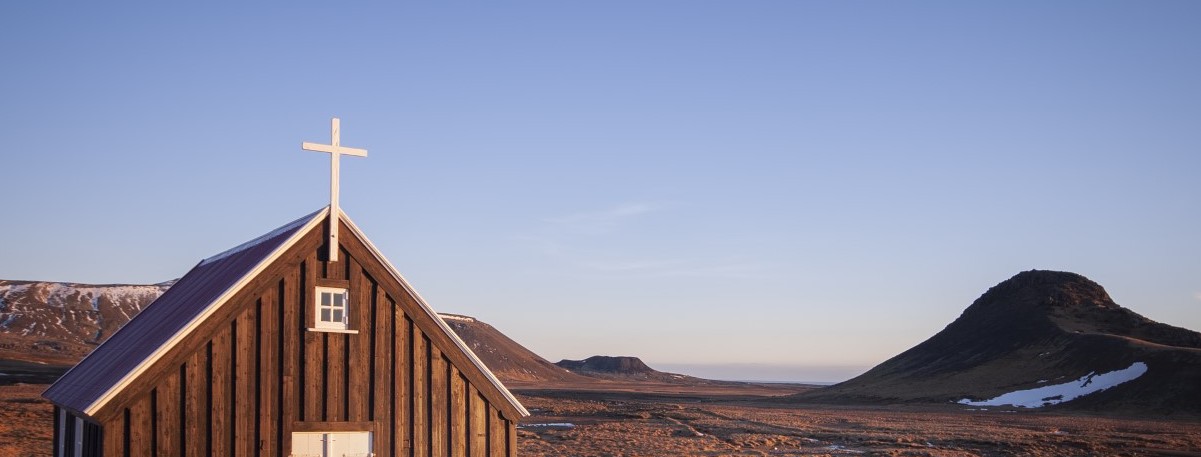
Over the last couple of months MA Journalism student and the 2020 Guild of St Bride’s bursary student Connie Dimsdale has been talking to people, gathering their anecdotes and learning more about how people have used broadcasting and social media to support their religion during the pandemic. Our thanks to her for her energy and enthusiasm while working on this report. It’s followed, at the bottom of the page with a link to a compilation of additional reading and resources if your appetite has been whetted and you want to know more.
Also: Inspired by the exceptional work of professional and community broadcasters in response to COVID-19, nominations are being invited in two new Sandford St Martin Award categories recognising broadcast or webcast content that has explored or supported religious identity or community during the pandemic. To find out more, click here.
Our thanks to Allchurches Trust whose grant helped shape our focus on community and local broadcasting initiatives during the pandemic and helped make this research project possible.
by Connie Dimsdale
On March 16th 2020, the health secretary Matt Hancock, told the House of Commons that as part of the fight against coronavirus, all unnecessary social contact should cease. Within days the Church of England had suspended services, mosques cancelled Friday prayers, synagogues shut, temples closed and religious festivities across the UK were cancelled. In the face of an unprecedented crisis and at a time when many people sought to turn to faith, traditions and their religious communities for comfort, hope, fellowship and meaning, congregational prayer and worship were no longer.[1]
The national lockdown forced people of faith to find new ways of reaching out. Many religious institutions transferred their services online. Individuals set up new social media accounts to engage virtually with their religious communities. Others accessed opportunities to learn, worship and celebrate via online or traditional broadcasting. Zoom, YouTube, Facebook, Instagram and WhatsApp all became meeting places for the religious-minded.
To better understand how people’s experience of religion has changed during lockdown, I spoke to 10 individuals about the online and broadcast religious world. They included men and women representing a variety of religious and spiritual traditions, geographical locations, ages and occupations. The participants are religious leaders, volunteers, communications experts, broadcasters and academics, some of whom started creating online content for the first time during lockdown. They spoke about the positive and negative aspects associated with these changes and about the role of traditional broadcasters in supporting faith compared to what’s being offered on new media platforms such as Zoom.
Remote religion: what has changed?
“Parishes up and down the country embraced live streaming whether it was via Zoom, whether it was just on the phone, or whether it was a professional outfit such as Church Services TV,” said Margaret Doherty, Deputy Director of Communications for the Catholic Bishops’ Conference of England and Wales. “Participants in mass, morning prayer and evening prayer had tripled, even quadrupled,” she said.[2] When places of worship were allowed to open at a limited capacity over summer, many continued to broadcast the services remotely so that those unable to attend could participate.
Outreach or learning events were also moved from ‘face-to-face’ to ‘remote’. Early in lockdown the Muslim Journalist and broadcaster, Remona Aly, chaired part of a course entitled ‘Journey through the Quran’ on Zoom. Before lockdown she would have delivered the course in a lecture hall with space for 80 students. Going “digital for the first time” Remona said meant the course was attended by over 12,000 students who registered from 149 countries.
With places of worship off limits, many people, including Muslim Media Officer Imran Choudhury, practised their religion from home. Imran said he had more time during Ramadan this year to work on his faith: “With the help of my local Imam or the help of my local scholar via Zoom or WhatsApp video, I’ve been able to develop my spiritual goals.” Ramadan is usually a highly social month, and lockdown provided Imran with a new perspective on the festival, focused around close family and solitary reflection.
Some individuals became content creators for the first time, recognising the potential reach offered by social media. Sikh teenager Har-Rai Kaur and her younger brother gained a following on Instagram and Facebook after a video of them practising Kirtan – a form of devotional singing – was posted online. ‘Living Room Kirtan’ videos were subsequently posted daily for 108 days during the first lockdown. Children’s pastor Julie Loynd also became a (first-time) broadcaster when the country went into lockdown. She had no choice but to replace live children’s church services with pre-recorded weekly YouTube sermons. Both Har-Rai and Julie expressed surprise at the followings they quickly gained. Julie’s videos get between 100 and 200 views, which she said was “quite mind-blowing really”. It was immediately obvious how important online community would be for Julie’s congregation in the coming months as there was a “quick realisation that children, and parents, have that need to connect”.
The quality of the change: how well does remote religion work?
How successfully religious services were translated from ‘in-person’ to ‘remote’ was partly influenced by the structure of the religious service involved. Take the comparison of Reform Judaism with Quakerism, for example. Dr Tony Stoller CBE, a media historian and former broadcasting regulator, is a Reform Jew (and also a Quaker). Referring to the liturgical nature of Jewish worship, Tony observed that communal response can be “really quite difficult to manage online. Zoom doesn’t lend itself well to these things.” In comparison, Quaker Andy Stoller considers her religion to be “quite compatible” with Zoom: “Our way of worship is quite good for Zoom because it’s silent […] we don’t sing so no one is singing out of sync.” Quaker meetings of worship take place in silent reflection and do not feature hymns, music or prayers. If a group member feels compelled by the spirit they may feel moved to “minister” and to speak briefly but it is not unusual for a meeting to pass without a word being spoken.
Both Tony and Andy believe a sense of religiosity is lost when meeting over Zoom. “It doesn’t feel as religious as a religious service,” Tony said. Referring to the critical theorist Walter Benjamin, he added: “You lose some of the ‘auratic quality’.” Writing in the 1930s, Benjamin, Jewish himself, believed that sensory experience is diminished by the intervention of technology. In the same way that seeing a reproduction of an artwork cannot compare to seeing the original, nor suggests Tony, can participating in an online service ever replicate the entirety of worshipping in the same time and space and others. Similarly, Andy spoke her belief that, even in silence, there is something missing from remote worship: “Perhaps it’s not quite as spirit-led because when you minister you really feel as though you’re pushed to stand up to speak in a real meeting […] Maybe being at home, people (are) a little bit more relaxed (and) some of the ministry has probably come from head rather than from heart.”
Others also believe there is a spiritual advantage offered by physically being in a traditionally religious environment. Hindu dentist Arjun Varma said he missed the atmosphere of reflection provided by the architecture of a Hindu temple. “The way that Temple is laid out is designed to bring your mind to one point. You’re focused. You’re at peace and you’re not thinking about the external world. You can’t replicate that with Zoom.” Imran Choudhury offered further evidence of how it can be harder to focus when worshipping online, pointing out the number of adverts that feature on some online platforms. “(My) faith is all about living a simple life and going away from the materialistic needs of this world, but the ads are calling you towards materialism and consumerism. It’s a complete contradiction.” He said that platforms such as Zoom work better for online worship than Facebook Live or YouTube Live where adverts are not just a distraction but also an anathema for many watchers.
Many of those I spoke to recognised that while there have been disadvantages to remote worship or religious practice, there are some practical advantages. Remona Aly noted that online religious events or courses can be cheaper to organise if you do not have to pay for speakers, accommodation or hall hire. Lawyer and Orthodox Jew Miriam Gitlin said that remote religion can make it easier to incorporate religious practice into a busy daily life: “It’s so much nicer not having to go out at night […] you just sit on your sofa with a cup of tea – it’s fabulous.”
When her A Levels were cancelled, Har-Rai Kaur found that the daily process of reading, understanding and then singing Kirtan to be shared online, helped her to meet her spiritual needs during what was, for many teenagers, a particularly stressful time. “It’s shown that, to be mindful, I can rely on myself. I’m going to uni and I know that I’m going to be around less Sikh people, but I’ve got a lot of ways that I can connect with my religion without having to be here.” The lockdown period gave Har-Rai the time to prepare spiritually for not only university but the move away from her family and the religious community she grew up with.
Practicalities aside, the importance of live-community and commune is such that technology will never be able to substitute. Miriam Gitlin believes prayer and other religious activity is grounded in people being together: “I suppose that is what we’re trying to mimic with technology, which doesn’t quite work, but it will keep us together for a while.” Har-Rai said that Sikh prayer tends to be a communal activity in the Gurdwara: “You have a large group of people and you feel the vibrations from the other people. It’s hard to have that energy when you’re alone.”
As the pandemic continues, many are beginning to tire of remote interaction. In the words of Tony Stoller: “I think there is Zoom fatigue in all sorts of ways, not just in religious participation. I’m definitely Zoomed out.”
The benefits of online community and engagement
While there is something intangible and distinctly ‘religious’ missing from remote practice, the internet has provided whole new opportunities for connecting with the religiously like-minded. A key positive to have come out of lockdown is the online connections and sense of religious community forged by younger generations on social media. Arjun Varma set up British Hindus on Instagram and Facebook during lockdown. He said: “When I saw how friends of mine from other faith groups were using social media to connect with their faith, to propagate their faith and to use it for support, I realised that (Hindus) haven’t done that as a community in the UK.” The British Hindus Instagram account is an expanding community with 4,500 followers at the time of writing.
Imran Choudhury’s local Luton Mosque has also been using online platforms to engage with young people in the community: “This wasn’t just reaching out to the normal congregation; it was reaching out to the millennials and the ‘snapchat generation’.” Via social media, young Muslims in Luton can now communicate with their Imam on their own terms. However, while tapping into technology has allowed religious institutions to reach more people, Imran is adamant that the main goal is to encourage youngsters to graduate from online to in person participation and to attend the mosque; technology is only “a bridge to guide people [there]”.
For Muslim women, virtual spaces, have enabled access to resources previously out of reach. “Nearly a third of UK mosques don’t have space for women” says Remona Aly, but because the “space” online is infinite and physical contact is impossible, women can participate more fully in religious life that they were previously blocked from. “For the first time they could go into the chat box and ask the scholar something directly.”
Online platforms have allowed many more people access to international religious communities through broadcasting, creating a sense of wider global community. During lockdown, Margaret Doherty said that Catholics from around the world were “given entrance, through livestreaming, to mass with the Pope”. Sandip Shah, head of the Shree Digamber Jain Association in London, said that technology helped strengthen connections with the Jain community in India. He said that the online world offered “a lot of choice” since “we were not limited to one scholar coming [to the UK]”. This meant that during the festival of Daslakshan, British Jains could engage with a larger variety of scholars, musicians and activities broadcasted from India.
The problem of isolation and splintered community
All communities have had to deal with the problem of isolation during the pandemic, with older or vulnerable people particularly affected. For people who are not comfortable using social media and online technologies such as Zoom, the pandemic has been an especially isolating time.
Tony Stoller voiced his concern over what he calls “digital exclusion”. Speaking of the small online group set up to support his South Hampshire community, he said: “There are probably four people who just haven’t been able to get in.” Other interviewees spoke about members of their communities who, without online access or smartphones, cannot or do not want to join in. Both Imran Choudhury and Remona Aly spoke about elders in their respective Muslim communities who have, says Imran “really quite suffered in this” since they usually attend the Mosque regularly to pray and to socialise.
Contrary to expectation, it is not just the very old who cannot always access online platforms, but also the very young. As a children’s pastor for 0 to 11-year-olds, Julie Loynd encountered this problem when church services moved online in March. Unable to have Zoom calls directly with children, Julie instead posted weekly sermons on YouTube. She said: “It’s hard to connect directly with children; you have to connect with parents and then get the parents to connect with the children.” As a result, Julie’s role has changed entirely as she is no longer interacting and talking with the children but broadcasting to them instead. Her focus has been on videos teaching the children how to pray so that they can learn how to connect with God without having to be in church.
Ensuring people do not become isolated is easier in smaller, tight-knit communities. Sandip Shah said they were able to guarantee that nobody in his London-community missed the Jain festival Daslakshan. Celebrations and talks were prearranged via email and WhatsApp, meaning that children could help set up computers for their parents and grandparents. Similarly, Har-Rai Kaur noted that grandparents in her Sikh community are less likely to become isolated. “Within an Asian community we usually have grandparents living in same household as parents and kids,” she said. This is advantage when it comes to supporting the mental health of people who may have had to change their daily routine and are unable to attend their place of worship or socialise with their friends.
The role of the traditional media and broadcasters
While traditional media and public service broadcasters like the BBC scrambled to commission new and special religious content when the UK went into lockdown,[4] the impact of this programming was felt differently by different religious communities. In general, members of smaller or more niche religious communities said they felt their faith was less well served by traditional media. That said, even within larger religious communities, different people had varying views regarding how well traditional broadcasters have addressed their spiritual needs during the pandemic.
The possible exception to this is Christianity, which, it was generally agreed, was and is well supported by traditional media platforms. Mentioning the media interviews done by Bishops and Archbishops as well as the broadcast of Pope Francis’ Easter message, Catholic communications officer Margaret Doherty said: “I think there was a real thirst to hear more about Easter under lockdown.” Margaret said that the communications office for the Bishops’ Conference of England and Wales was “busier than ever” during lockdown, suggesting that the traditional media and broadcasters were particularly engaged with the representation of religion during this time.
Remona Aly was also especially busy during Ramadhan this year with journalistic work. She said that broadcasters were particularly interested to hear how people were practising their faith under lockdown, and that she was pleased to participate as this sort of content “[brings] religion more into the mainstream”. During Rosh Hashanah, Miriam Gitlin was invited to speak about Judaism on the BBC’s ‘Today’ programme. “We are a tiny community so when we get the opportunity to be on Radio 4, we feel very honoured.” Both Remona and Miriam were at the receiving end of secular programme’s efforts to explore religious experience for their audience.
Other interviewees found traditional media outlets to be less engaged or supportive. Tony Stoller said that although Jewish leaders are invited to broadcast, there are no regular programmes from traditional media outlets in support of his faith. He noted “that doesn’t seem to be a reasonable expectation of them,” explaining that there are many other media resources for Reform Jews such as podcasts. Imran Choudhury also doubted the relevance the traditional media in support of religious groups. He said that Luton radio station, Inspire FM, was active during Ramadhan but added: “I don’t think TV and traditional broadcasting has much to offer, really, to religious communities.” Imran said that younger people in particular tend to spend time on social media rather than watching television and listening to radio.
Because of their reach, mainstream broadcasters can play an important role in supporting and educating audiences about the UK’s diverse religious communities. However, as a turban-wearing Sikh woman, Har-Rai Kaur has noted, there remains some way to go. “I can’t remember the last time I saw a woman with a turban on TV. I constantly get called a boy because no one knows we exist.”
Looking forward
When a second national lockdown was announced to begin on November 5, 2020, all places of worship including churches, mosques and synagogues closed once more – but this time the response from religious communities was markedly different. In the interim between the two lockdowns, many religious buildings had re-opened, operating at a limited capacity having adopted measures to make themselves more “COVID-secure”. While it’s true that this time round there are some circumstances in which doors can remain open for funerals, individual prayer or for recording of broadcast worship, once again, most services are having to operate remotely. So, while many of those I spoke to in the course of this research will find some spiritual solace in the physical spaces they’ve longed to access, they’ll be experiencing it mostly alone.
While it’s clear that remote religion has been a boon to some, the demand for live communal worship and services has never gone away. In the wake of the Government’s announcement of the new restrictions, an interfaith letter signed by Christian, Jewish, Muslim, Hindu and Sikh leaders was sent to Boris Johnson arguing that the continuation of communal worship is essential and asking to see the scientific evidence that supports the suspension of services.[5] The restrictions were further criticised in Parliament and the press when it was recognised that the ban on religious services would mean elderly war veterans would be forced to stand outside churches on Remembrance Sunday.[6]
The announcement that a very effective coronavirus vaccine is on track for release suggests that a permanent return to regular communal worship may be able to take place very soon. Whether or not remote religion will survive the pandemic and is with us to stay, or, whether it will eventually be consigned to the dustbin of history along with face masks and hand sanitiser remains to be seen.
REFERENCES:
[1] https://www.bbc.co.uk/news/world-51819117
[2] Live streaming info_cbcew.org
[4] https://www.bbc.co.uk/mediacentre/latestnews/2020/religion-coronavirus
[5] https://www.theguardian.com/world/2020/nov/03/faith-leaders-challenge-england-lockdown-ban-on-communal-worship-coronavirus
[6] https://www.dailymail.co.uk/news/article-8913411/Forcing-war-veterans-stand-outside-cold-Remembrance-Sunday-branded-imbecilic.html

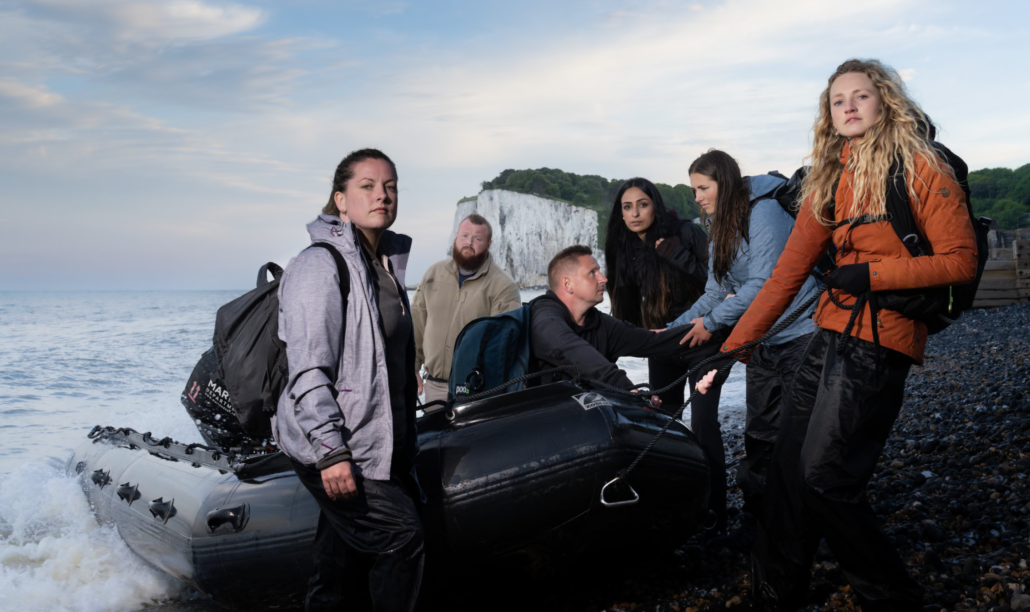


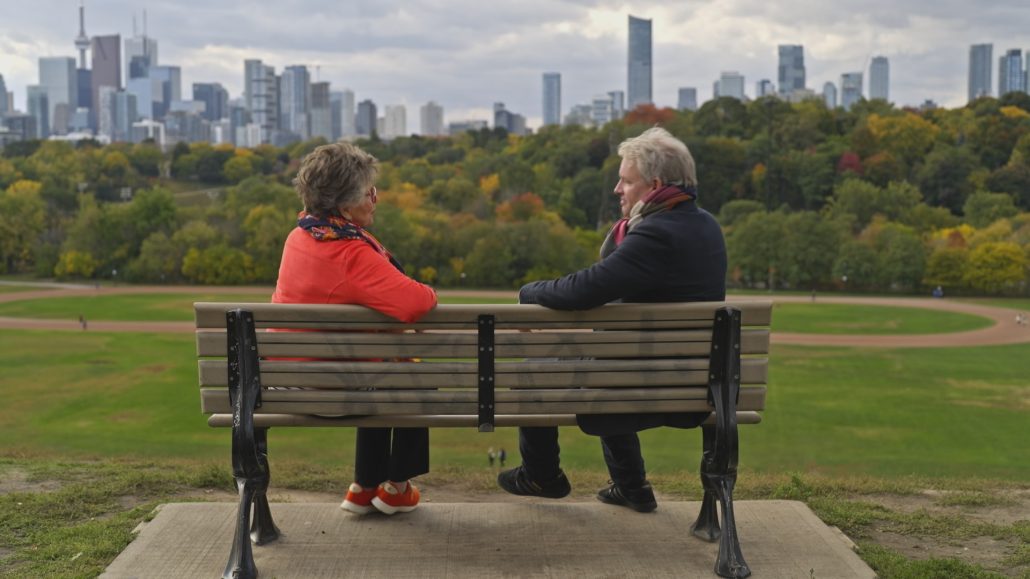
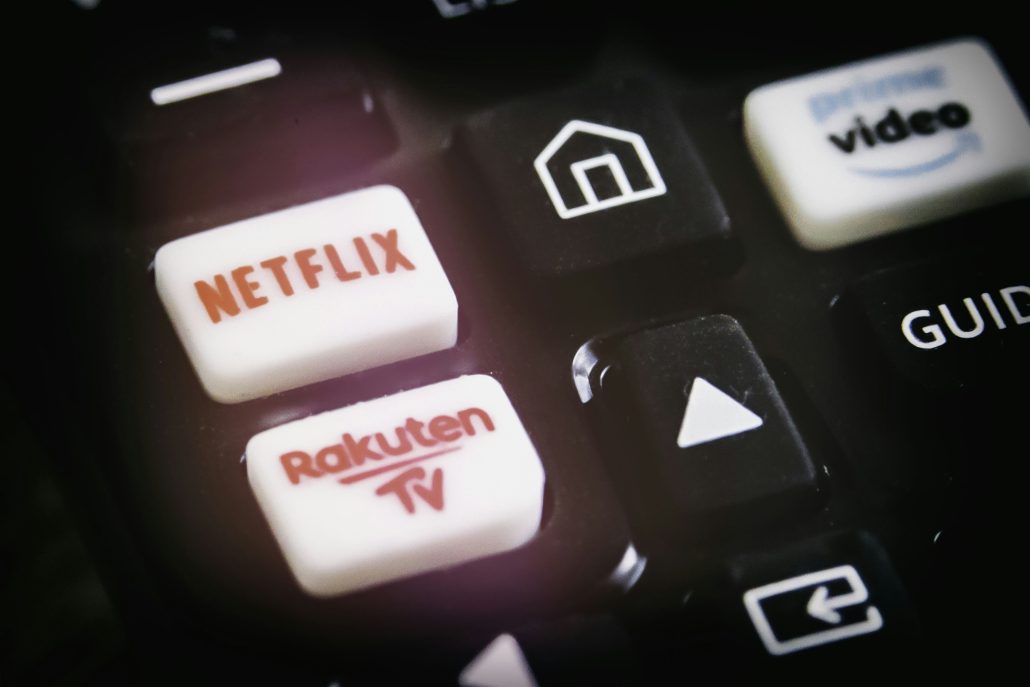
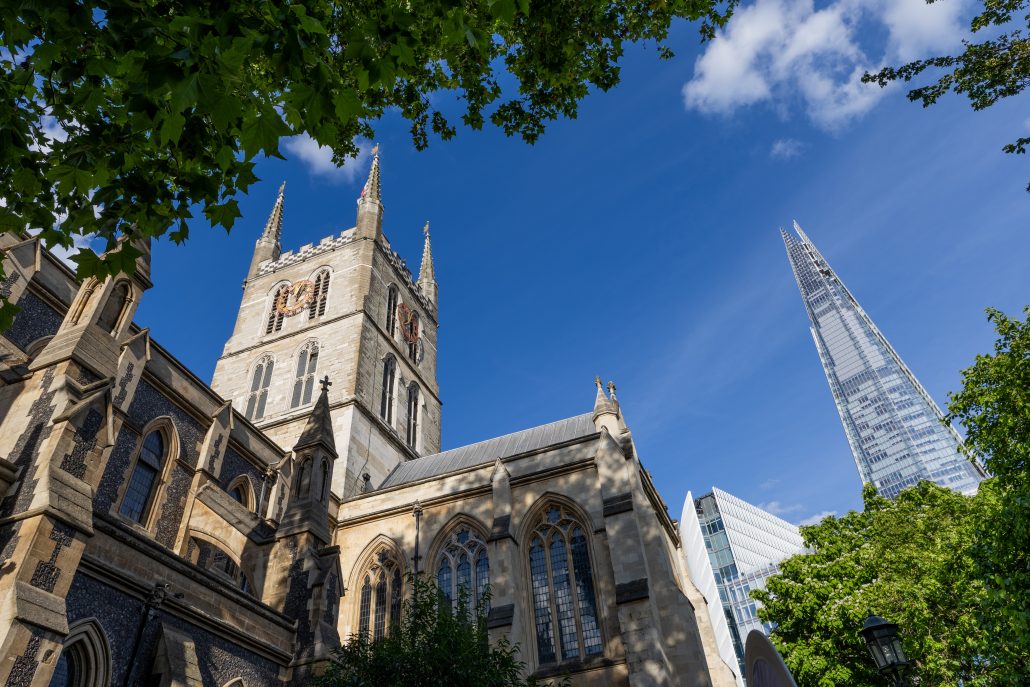
Leave a Reply